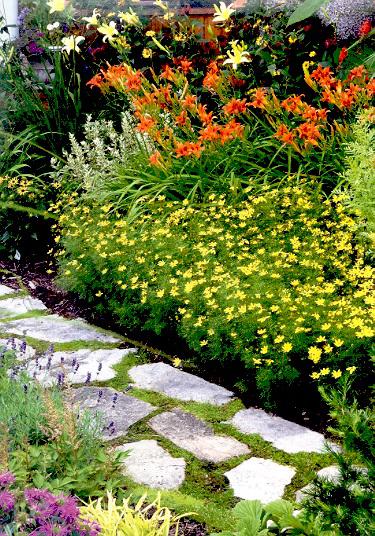Edible flowers have been used in the culinary arts for flavor and garnish for hundreds of years. Early reports indicate that the Romans used flowers in cooking, as did the Chinese, Middle Eastern and Indian cultures. During Queen Victoria’s reign, edible flowers were popular and they are again popular in North America and Europe.
Pick flowers early in the day. Use them at their peak for the best flavor. Avoid unopened blossoms (except daylilies) and wilted or faded flowers. They may have a bitter or unappealing flavor. Do not use flowers that have been sprayed with pesticides, which often occurs along roadsides, or collect flowers from plants that have been fertilized with untreated manure. Generally avoid purchasing flowers from florists, garden centers or nurseries. These flowers are not grown for consumption.
Edible flowers have been used in the culinary arts for flavor and garnish for hundreds of years.
http://www.ext.colostate.edu/pubs/garden/07237.htmlTulips are also edible. The petals, if not treated with chemicals, make good garnishes. The bulbs can be poisonous, so avoid them.
Sue
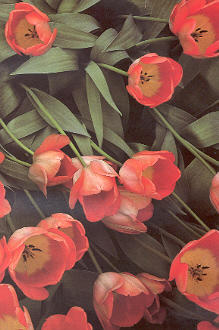

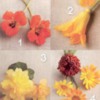
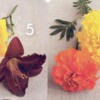
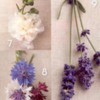

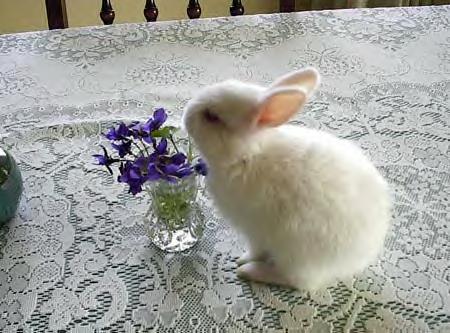

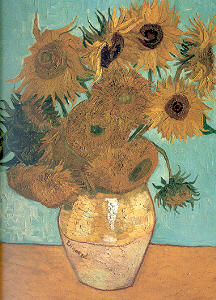




 Anise and Pansy
Anise and Pansy
